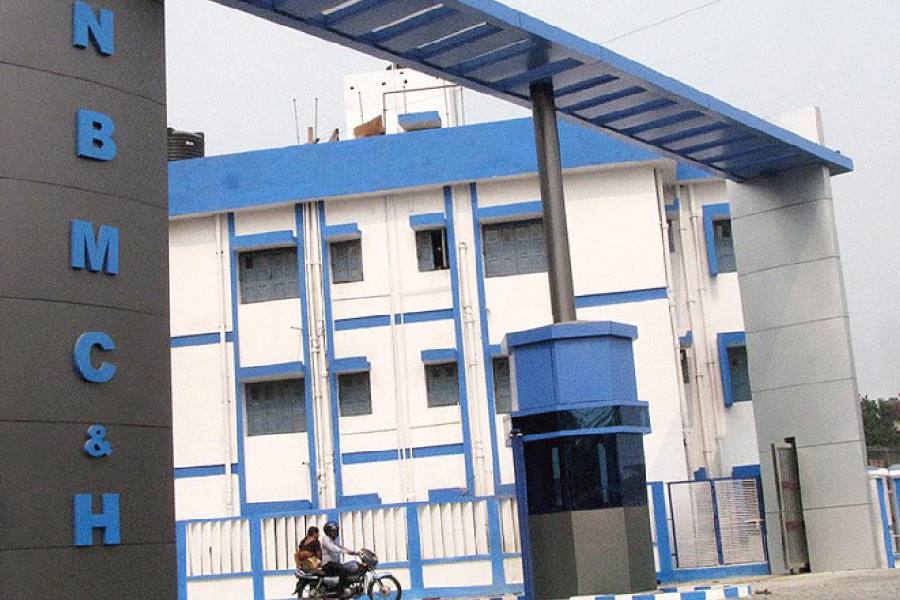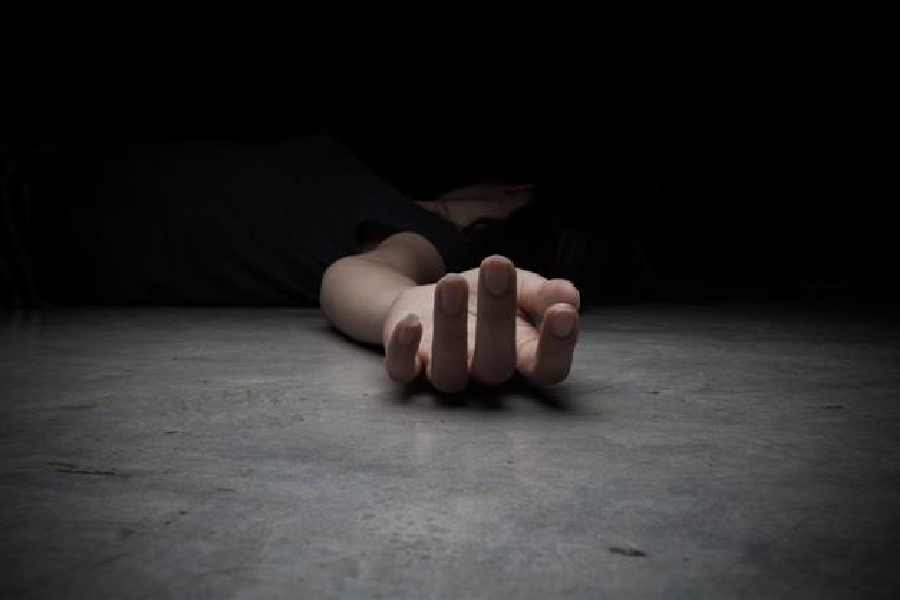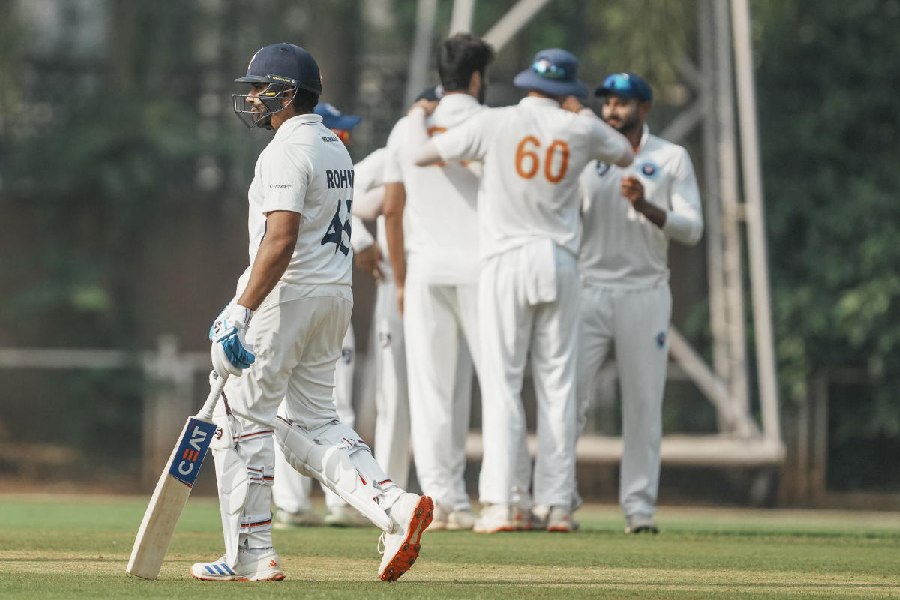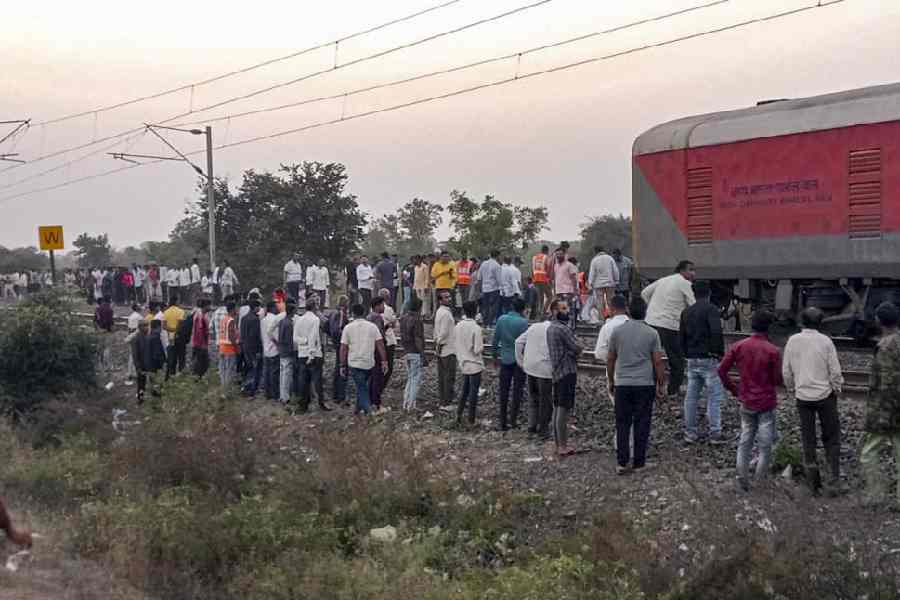The state health department’s directive to engage equal male and female doctors and nurses at government hospitals, especially during evening and night hours, is easier said than done, said officials at the North Bengal Medical College and Hospital (NBMCH) in Siliguri.
“This is a problem for us. First of all, we don’t have male nurses at NBMCH. Second, the number of women doctors varies in every batch. While a batch of interns or house staff has more female doctors, the ratio is the opposite in the case of another batch. We don’t know how to adhere to the directive and are exploring all possible options,” said Sanjay Mallick, the medical superintendent-cum-vice-principal of NBMCH.
The NBMCH is the largest state-run referral hospital in north Bengal. The directive was issued in the aftermath of the uproar over the junior doctor’s rape and murder at a state government-run medical college in Calcutta.
Sources said health secretary N.S. Nigam had held a virtual meeting with the principals and medical superintendents of all state-run medical colleges on Monday.
He sought information about restrooms and washrooms for doctors at the hospitals, drinking water facilities and locations of CCTV cameras and asked whether the campuses were adequately illuminated, said a source.
“The health secretary also underscored that we should pay extra attention while allocating duties to doctors and nurses, especially for night hours, whether in the emergency section or wards. He said an equal number of male and female doctors and nurses should be on duty. Also, a woman cannot be on duty with more than one male doctor in any department during night hours. In such a case, the woman has to be assigned a day duty,” said the source.
The NBMCH has around 500 nurses, all female. Over 200 doctors (excluding seniors), including interns, housestaff and post-graduate teachers, are at the facility.
A senior faculty member at the NBMCH said it wastough to engage equal numbers of male and female doctors at night.
“If one batch of junior doctors has 40 per cent women, another batch has 60 per cent women. So, it is tough to follow the directive,” he said.
The situation is comparatively better at the Jalpaiguri Medical College and Hospital.
Kalyan Khan, the medical superintendent, has said the institution is new and doesn’t have interns.
“Senior resident doctors and house staff are engaged on duty. Considering the number of patients we usually handle during night hours, it will not be a problem to assign duties to male and female doctors proportionately. We have also male nurses and they can be assigned duty in equal proportion to females,” said Khan.










